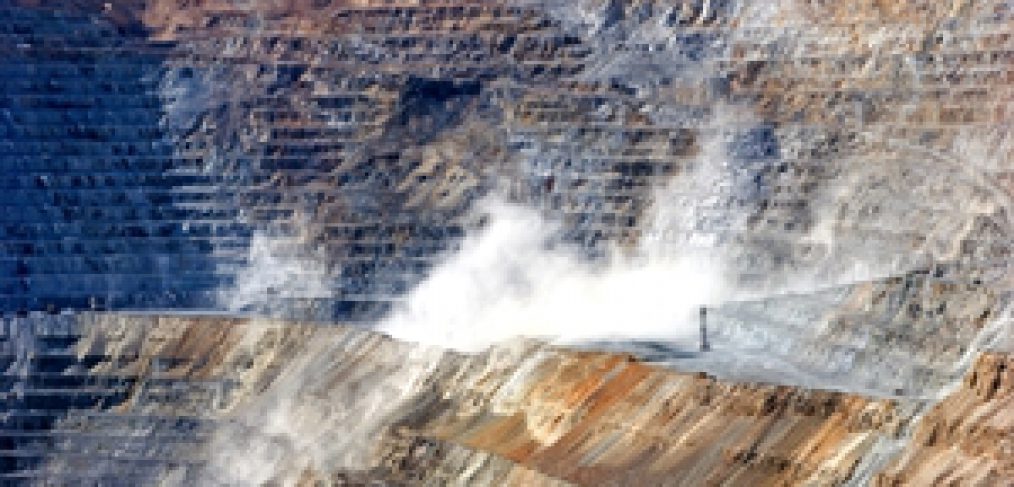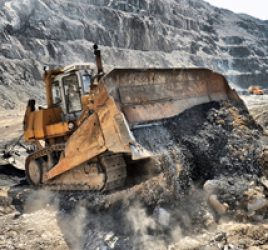
The importance of preventing dust formation in Australian mines
Dust is a persistent issue with Australian mine sites, whether above ground or below. Considering that May 2015 brought the first case of black lung in over 30 years and many more have followed, according to Australian Mining, it’s wise for work health and safety experts to pay close attention to the issue of reducing and preventing dust.
There are many available options for dealing with dust, minimising both the amount and the impact it has on workers in the industry, including the use of Locker Group’s mining products.
 It’s not just underground where dust is a problem.
It’s not just underground where dust is a problem.Dust is a persistent issue and hazard.
Navigating the regulations of dust control, providing the correct safety equipment and preventing dust formation are some of the challenges the mining industry faces. According to the Australian Department of the Environment Dust Study report, dust is an inevitable problem for almost all forms of mining. While it’s hard to correlate volume of dust with its impact on people’s health, many dusts do contain metals that have a known detrimental effect on people’s well-being and are potentially hazardous. Case in point: the 16 confirmed cases of black lung reported by Australian Mining in recent months.
Dust generated from haul roads within the mines is the biggest source of fine dust particles on most mine sites, contributing about 40 per cent of total emissions.
Dust can come from a number of sources. Blasting, handling, processing or transportation of soil and rock are just some examples of activities that generate dust. In the case of the black lung incidents, one of the surprising things about the case is that one of the more recent incidents arose in an open cut mine, which runs counter to the perception that underground mines are more dangerous for respiratory diseases.
It’s not just industrial production that generates dust. Speaking to Australian Mining, EPA acting chief executive Mark Gifford explains that roads are the most common source of dust.
“Dust generated from haul roads within the mines is the biggest source of fine dust particles on most mine sites, contributing about 40 per cent of total emissions,” he said.
Reducing workers’ exposure to dust and particulates
While the most effective way to reduce dust and keep it from going airborne is through the use of sprays, creating barriers and fences to prevent employees accessing areas that are known to generate a lot of airborne particulates is another way to control worker exposure to dust, according to the Department of the Environment.
This includes maintaining the walkways employees use to access sites. In order to reduce the amount of dust produced from foot traffic, it may be a good idea to install custom walkways that give workers an alternative to kicking up particulate matter.
To find out more about our mining products, get in touch with Locker Group today.




